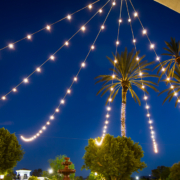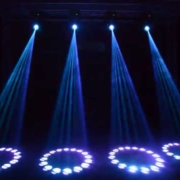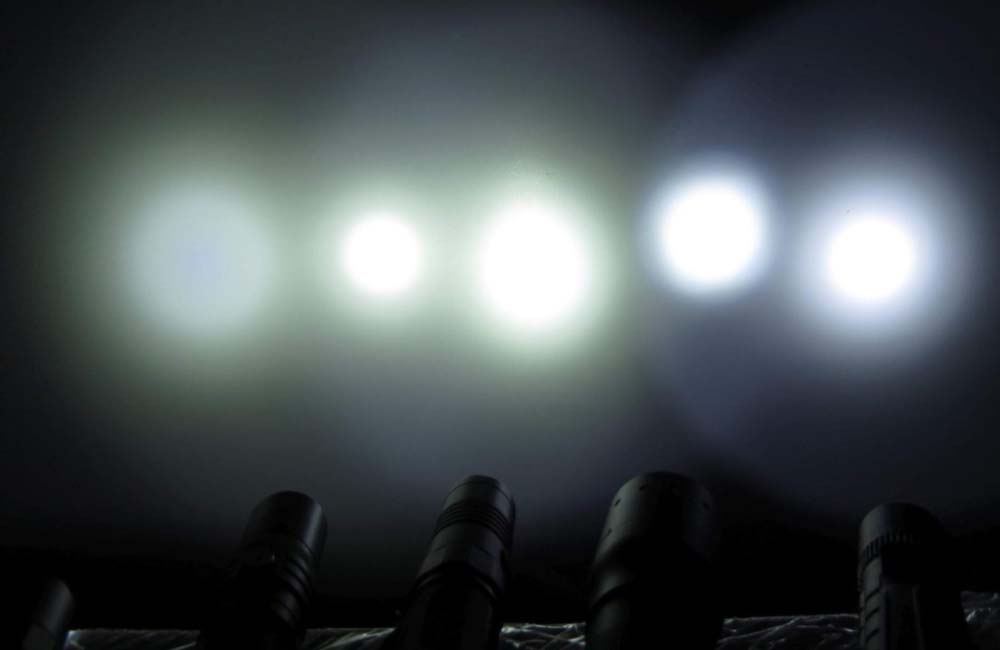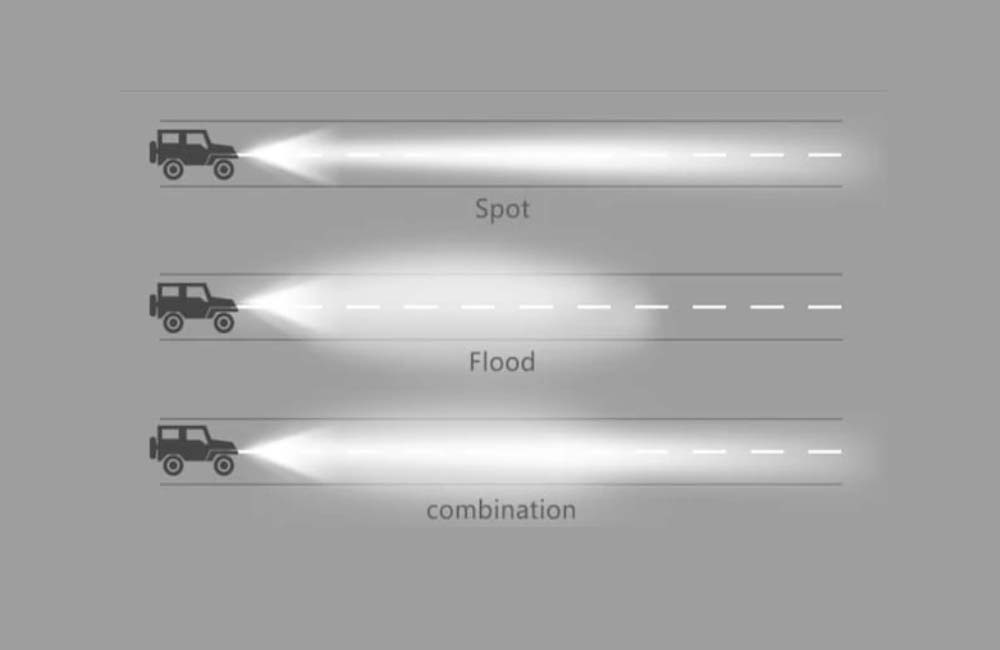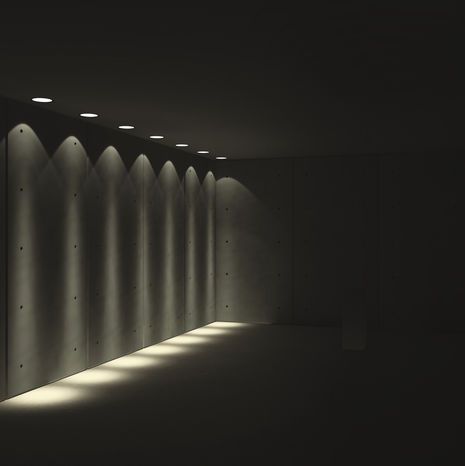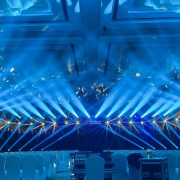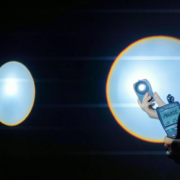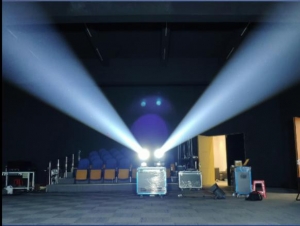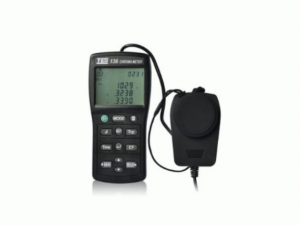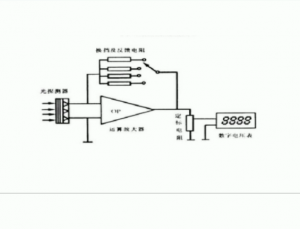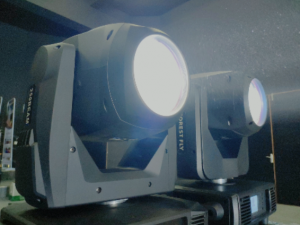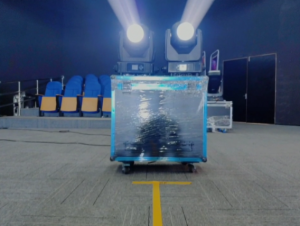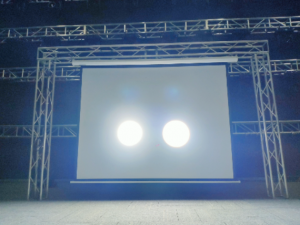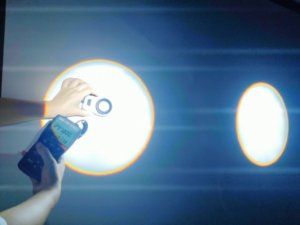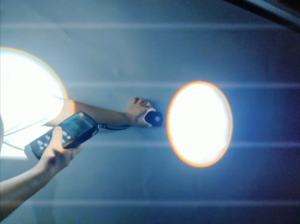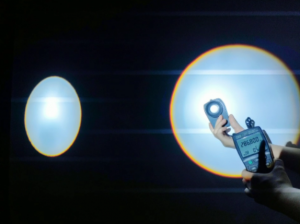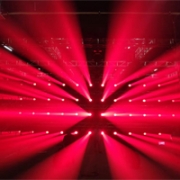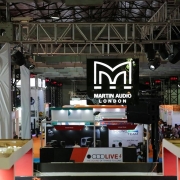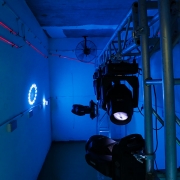Managing an event requires proper planning and management. An unplanned or improperly executed event can go wrong, making your special memories a nightmare. Things right from the planning phase to the end must go as desired. It is why most people call professional event organizers for their services. But, what if you want to do it on your own? Of course, it is a special feeling to manage an event your way. Additionally, it also saves money by not hiring a professional for every task. Event lighting is one of the essential tasks to do in any event.
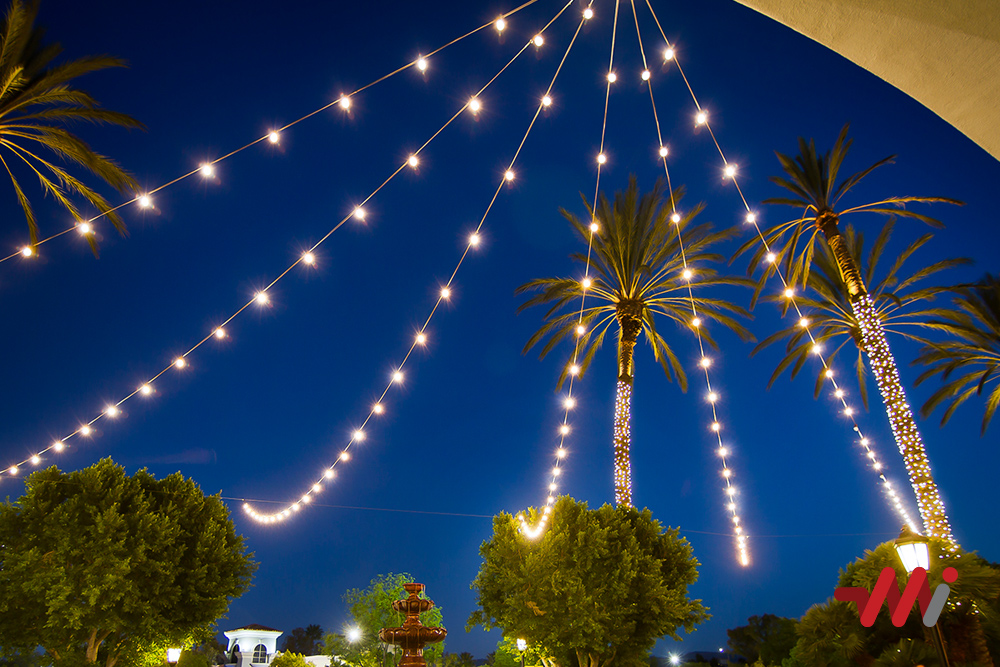
Today, we will share some tips and tricks on how you can set up a perfect lighting environment for your event. We will also help you know how you can outsource lighting services to a reliable lighting service provider.
Best Event Lighting Tips and Tricks
The most important aspect of successful event management is to set up a great lighting environment. It creates a lot of hassle if the light is too bright or too dark. Apart from that, there are many other factors that you must keep in mind while lighting up the event venue. Read on to know how to set up lights professionally on your events, such as birthdays, anniversaries, and other such events.
1. Gather Necessary Information
The first step to perfect event lighting is to gather the necessary information. If you are doing it for yourself, then ask maximum questions to yourself. If someone has hired you for this task, then you should ask them all-important questions before you begin. Remember that lighting the event venue without knowing the actual requirements may end the event on a failure. It is important to know the density and placement of the lights. What colors should be appropriate with the overall scheme of the event?
This is why all professionals start the discussion by knowing your actual requirements. Therefore, you should ask as many questions as you have in your mind. Following are the most important questions that you must not forget to ask:
- Is it a wedding, gala, awards ceremony, corporate function, or what? Know the event type.
- The venue? Is it a convention center, tent, church, or a hotel ballroom?
- How many attendants?
- Ceiling heights and room dimensions?
- What is the area size, if it is an outdoor event?
- Are you going to follow a specific color scheme or theme?
- Would there be entertainment, dancing, or speakers, etc.?
- Facility or municipal regulations in the area?
Apart from the above information, you should also not forget to know the available budget for Event lighting. It is also important to know how long the event will carry. Keep in mind that the timeline affects the lighting budget if you have rented the lights from a provider. Thinking carefully about these details will help you in creating a thorough lighting plan.
2. Project Plan
After gathering all the important information, your next task is to create a perfect project plan. It becomes simple to organize once you have collected all necessary facts about the event. You can create an extensive plan according to the scale of the event. Remember that large-scale events require a more broad plan and quotation. It is an essential step, but most people overlook it quite often. Though, it is critical in preparing for remarkable lighting as well as the overall success of the event.
Make a list of the equipment, decide on the event timeline, and also include a plan for the event floor. You can use a CAD program for creating a design layout for the room, if available. Otherwise, you can also make a sketch design by hand. While creating your design layout, must not forget to include the key elements you will be presenting on the tables, stage, buffet, or dance floor, etc. This design will help you decide what kinds of lights should be appropriate for the event and where you should position them.
It holds immense importance to understand the event atmosphere and where you need to take specific action for a perfect event lighting plan. Remember that your project planning can make or break the overall event. Therefore, you must take some time and think critically while setting up the project plan.
3. Focus on High Traffic Areas
You must know the areas where people would be spending more time. These are the areas where you need most of the light. Such areas can be bars, tables, and buffets, etc. Remember that the guests will like to see the things available in a clear manner, especially at the buffet and tables. Having a sufficient amount of light will help them in this regard.
You can use pin spots to the light buffet, centerpieces, bars, and floral arrangements artfully. However, you must light up the bar area carefully and make sure that there won’t be an unnecessary glare to disturb the guests. Pin spots are concentrated lights and they vary in price according to different styles. A traditional pin spotlight costs less than an LED pin spotlight. The selection entirely depends on your budget and overall requirements.
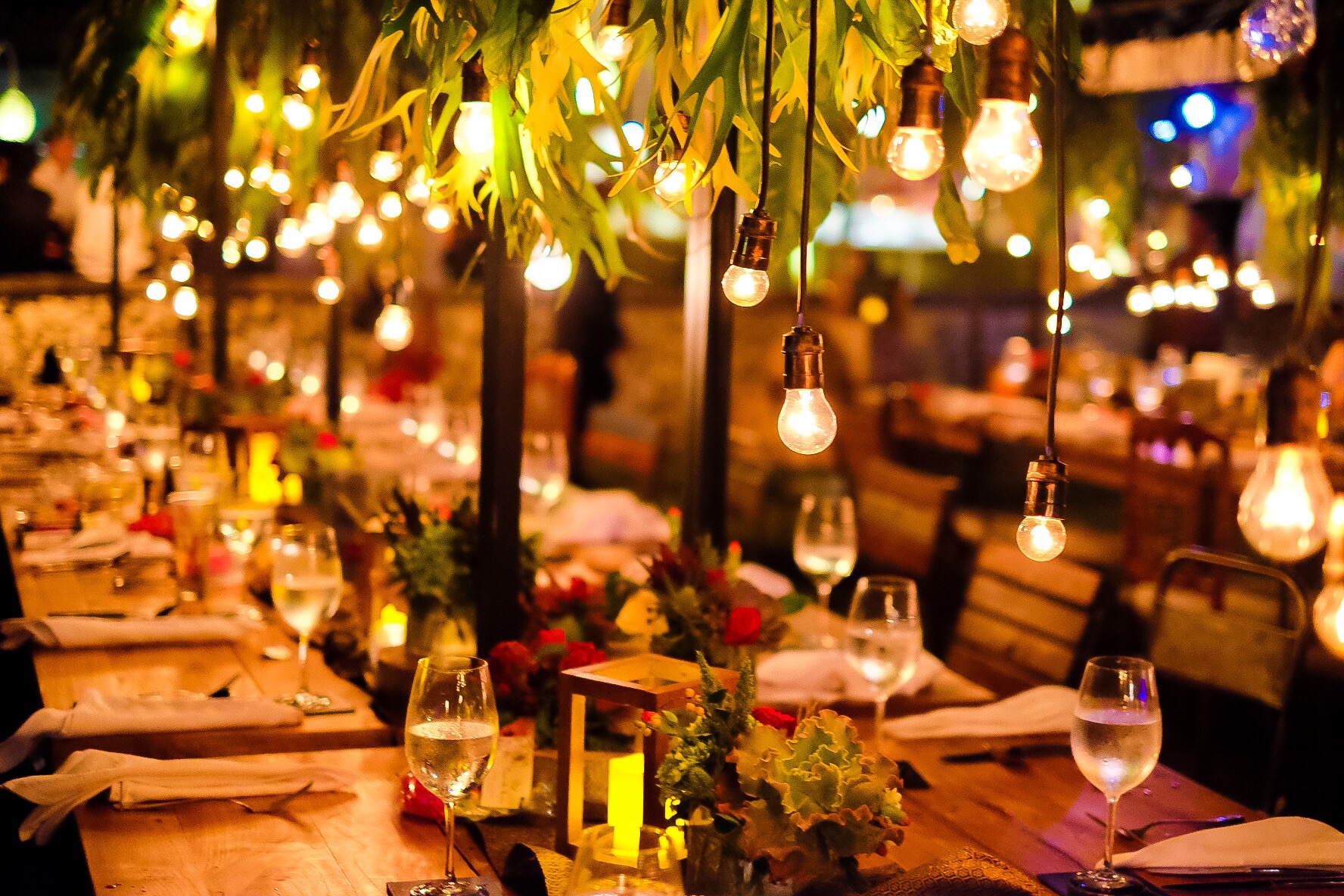
4. LED Lights
Apart from the cost of the event, you are going to manage, you should also keep an eye on costs that are going to incur soon after the event. One of such costs is the electricity bill that you will probably receive after a short time. Therefore, you need an energy-efficient event lighting plan for the event. When it comes to energy-efficient lighting, there can’t be a better choice than using LED lights. The majority of the light bulbs should be LED bulbs if you want to cut down on the energy costs.
LED lights can save up to 90% on your energy bills, while still giving a better luminance than traditional light bulbs like halogen. You can use a blend of blue, white, amber, green, and red LEDs to create the desired color scheme. These bulbs are available in various colors and styles, so you have the flexibility in choosing.
5. Use Colored Lights
Colors play a very important role in any event. Colored lighting can set a perfect mood for the guests and leaves an overall great impact on guests. Wash the room for creating an atmosphere that helps your guests to look best and see clearly without going too bright or harsh. Using the right colors create a deep glow, making the guests feel relaxed.
You can also incorporate colored event lighting by lighting the ceiling and wall. This method is especially beneficial when you need to transform the space if the event is taking place in a bland room or a tent. However, you must follow this carefully to make sure you are not creating the aesthetics of a circus. Instead, you can use one color on every wall and another color on your ceiling.
6. Use Lighting Effects
You can also use different lighting effects to make the atmosphere look special. There are special effects, such as dynamic video or Gobos to impress the guests or audience. Gobos are special lights for projecting a bright patterned design or logo in your event space. Gobos can be the fade in/out or moving or static effects. In your event, you can use these lights to show patterned lights on the ceiling or walls of the event space. This would create a special atmosphere.
On the other hand, a dynamic video projection offers unmatched flexibility in the scheme of the image you select to display. You can adjust the brightness, angle, focus, color, and width of the video using these projectors in real-time. It gives an effect that feels like a Gobo animation that you can use to create great effects. For instance, you can project a video animation on the loop with solid color and texture. It will make your guests having a feel as if they are in a forest or a city skyline.
7. The Exterior
One big mistake that people often make while planning their event is that they simply forget the exterior. However, exterior event lighting is as important as interior lighting. You should create an exclusive experience for your guests by creating an aesthetically appealing exterior lighting atmosphere. Make sure that they fall in love with the aesthetics of the event venue right when they come out of the vehicle.
There are unlimited ideas for exterior lighting that you can follow. You can also follow the color scheme you have inside the venue. Up-light exterior walls, Use Gobos to project logos, light up the entrance with pin spots, and use colored lighting to make a perfect welcoming atmosphere. Keep in mind that the exterior of your venue will give the first impression, so it must be set up nicely.
8. Choose Appropriate Fixtures
The selection of appropriate lighting fixtures is essential, which depends on your application type. Generally, you have four popular types of fixtures available to choose from. Those options include beam, spot, flood, and wash. For instance, the wash is suitable for event venues like theaters because it generates well enough natural light. Therefore, you should learn about the different types of fixtures to know which one is suitable for your event.
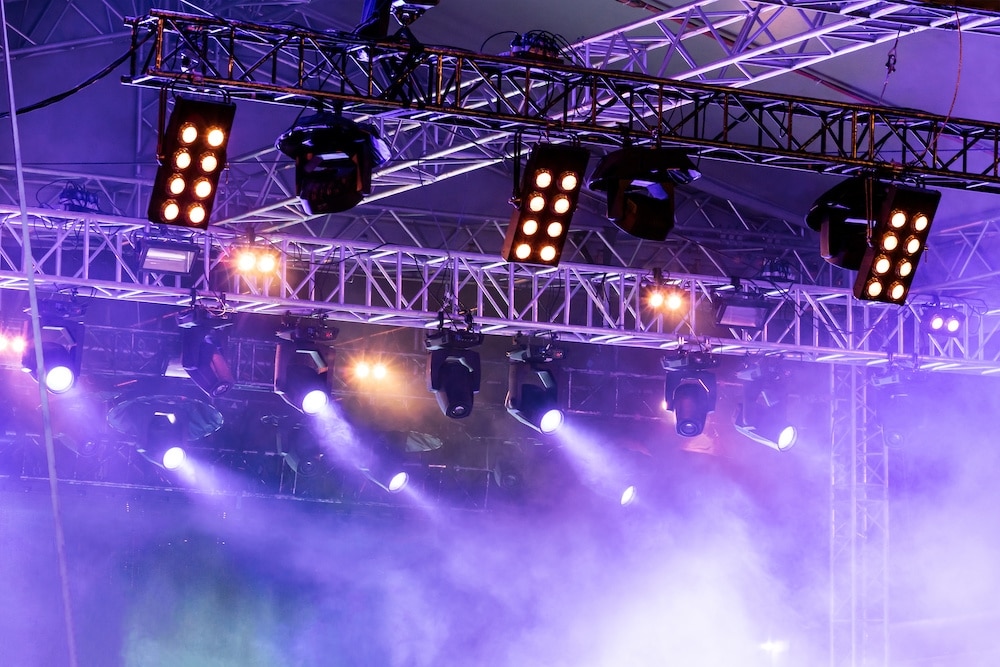
9. Ample Power Supply
Power requirements depend on your lighting fixtures. Many lighting fixtures consume approximately 2.1amps to 8.3amps. So, you must make sure that your venue has enough power supply. As a precautionary measure, you should also have a generator backup in place keeping in mind that the electricity from the national grid may go down during the event.
10. Placement of Fixtures
It is also important to place your lighting fixtures appropriately. You will most probably rent these fixtures due to their high cost. A little mistake during the installation of these fixtures can lead to a huge loss. So, you must install these fixtures appropriately to avoid any loss. If you are not sure, let the installation be done by professionals.
11. Right Controller and Dimmer
Dimming lighting fixtures adds creativity to your event lighting plan. Therefore, you should select a light dimmer according to your specific requirements and your goal. A controller can regulate the voltage supply to dimmers in an effective manner. Controlling, focusing, and dimming the lights may look simple, but it needs some experience to work with them effectively.
12. Be Creative
There are endless ways to light up an event for the guests. However, you need to be highly creative to be different, yet impressive. Think for the possibilities, but do not opt for anything that feels ridiculous by any means. For example, novelty lights are popular in recent days. You can also use novelty lights, such as twinkling and bistro lights, especially for social gatherings and weddings.
If your event requires a more elegant and dramatic environment, then you can consider up-lighting, which is still a classic method. It depends entirely on you to choose what you need to execute. The point is you must try to come up with something new, yet an aesthetically appealing lighting idea.
By following the above-discussed tips and information, you can plan and execute a perfect event with appropriate event lighting. If you are not confident to plan it on your own, then you should get the assistance of a professional.
How to Choose the Best Event Lighting Company?
Be it a wedding, birthday, or corporate event, you need the assistance of a reliable lighting company for your event. There are several companies around that you can hire. However, you need to make sure that the company you are about to hire should provide reliable services. Here are the tips you should follow to hire the right company for your event.
1. The Company’s Past Records
Before you hire a lighting service provider, you must go through their previous records. It will assist you in segregating the service providers according to the experience and features they offer. Their record should also help you know their relations with the customers and their error handling capabilities. You can do this by visiting the feedback page on their website or by getting in touch with their previous customers or clients. Also, go through the portfolio of the service provider to see how many projects they have completed.
2. Make Sure the Company’s Quotation Meets Your Budget
Lighting is an essential part of your event. But, you would also have a specific budget and like to hire service within that. Different companies offer event lighting services at different rates. You should save your time by asking for service quotes from different companies. You can find several companies with a cheap service quote, but hold on! Are their services going to be up to the mark? Most companies that provide services at extremely low rates provide unreliable services.
You must not hire a company just because their service rate is too low. It is essential to prioritize the event requirements and select the services after that. However, you must make sure that the company is not overcharging and has a reasonable rate for their services.
3. Do They Also Offer Essential Amenities?
Every credible lighting company would offer a range of lighting fixtures to meet your event requirements. Additionally, they should also be offering essential amenities alongside lights. If they do not offer necessary amenities, then you will have to look for another provider that will cost you time. So, make sure that the company offers you a complete solution instead of just lights.
Along with amenities, the company should also help you with a management professional for operating the lights. The provider should also be flexible enough to work as per your requirements. This will save you a great deal of time.
4. Location of the Company
Before you hire an event lighting company for your event, make sure they are locally located. The distance of the company to your event venue should affect the price quote. Assume that you are hiring a company that is located in another city. The company may include the additional transportation cost in the final quote. Additionally, it will take more time for them to reach your venue. Therefore, you can save both time and money by hiring a local service provider.
5. Custom Solutions
Everyone wishes to make their event or party unique and prefer a company that offers customized lighting solutions. For example, you may want to incorporate your company logo with lighting for your corporate party. Likewise, you may also want customized lighting for the birthday of your little kid. All reputed companies offer customized lighting solutions for their clients. Therefore, you should ask the company or service provider if they offer customized solutions.

6. Lighting Demonstrations and Trial Runs
Every lighting company would claim to be the best in the market. However, you should not believe their claims until you see their services yourself. You must look for similar events in their portfolio. This will help you see how they worked on similar events of the previous clients. Look for creativity in their previous work. After choosing a service provider, talk to them about how they will set up things on your event day.
A credible service provider may visit your venue in advance and share some ideas with you. You can look at their ideas and tell them if you need any change in their plan. This way, you will be able to know exactly how your venue would look on the specific event day. It may sound silly, but there is nothing wrong with doing so. A reputed company would never feel any hesitation in offering you lighting demonstrations and trial runs.
Your life events create memories that you will remember for the rest of your life. Any mistake in the planning and execution of such events can make your event go unbearably wrong. If you are not confident enough or have no experience in executing such events, then it is better to hire an experienced event lighting service provider for your day. We hope the tips and tricks we have shared in this article would help you understand how to ensure perfect lighting for your next event.
For More Information, Contact Us Today!

